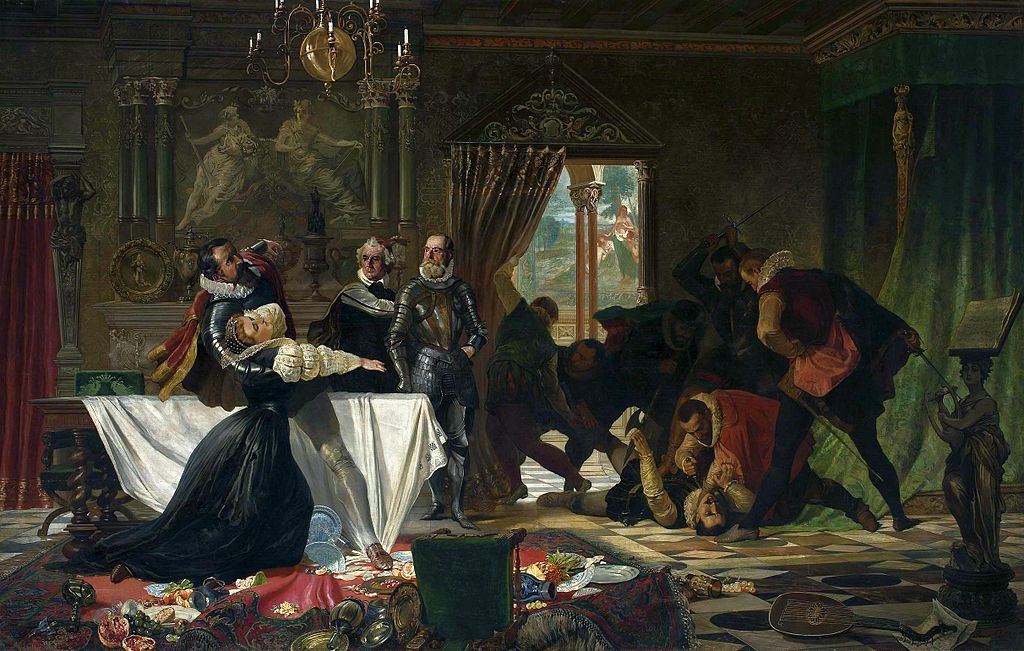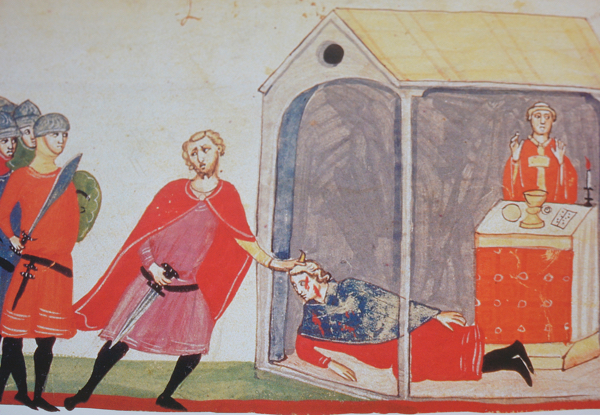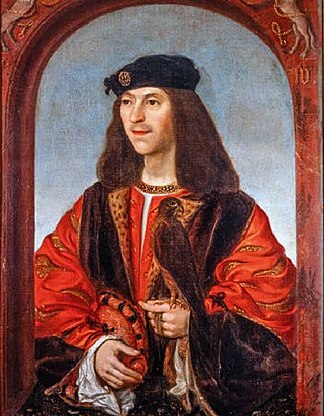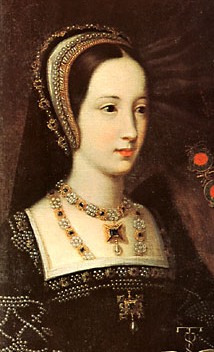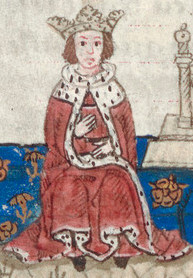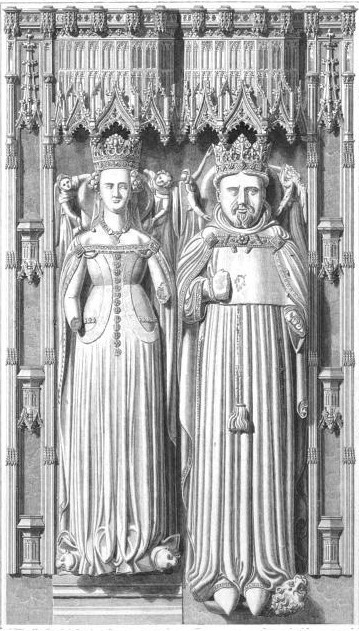March 22 1519- birth of Catherine Willoughby. Week of the wives of Charles Brandon. First Mary and now his last wife. She was the daughter of William Willoughby, 11th Baron Willoughby de Eresby and Maria de Salinas. Maria was one of the Spanish ladies who accompanied Catherine over to England, along with her sister Ines. She remained even after many of the women returned when Catherine's moneys were cut off. She remained one of Catherine's most trusted friends at court. Her daughter Catherine was named for the queen.
Maria was the second wife of William. As a wedding gift they were given possession of Grimsthorpe castle. It remains in the family, with their descendent Jane Heathcote-Drummond-Willoughby, 28th Baroness Willoughby de Eresby. The current family also owns Drummond castle, which is the seat of the current Baroness, but that was a later acquisition. There have been 4 females to hold the title in their own right, including Catherine.
The home gifted to Maria and William (still owned by the family)
https://en.wikipedia.org/wiki/Grimsthorpe_Castle
Home of the current Baroness (not owned back in Catherine's time)
https://en.wikipedia.org/wiki/Drummond_Castle
Catherine had two brothers who died in infancy. Catherine inherited her father's barony when he died when she was seven. Her wardship fell to the king but he sold it to his brother in law Charles Brandon. She was a very wealthy heiress though her Uncle Sir Christopher disputed much of her inheritance (believing some were left to heirs male and not all to heirs general). It was not all settled until the reign of Elizabeth I, in her line's favor, but Charles was able to force Christopher to hand over most of his claims on her estate.
Catherine was originally engaged to be married to Charles' eldest son by Mary, Henry Brandon. Mary though died in 1533 and Catherine was one of her chief mourners. Three months after Mary died, Charles married his 14 year old ward. She bore her husband two sons Henry and Charles who both died as teens from the sweating sickness. Catherine and her husband were both active at court. They both greeted Anne of Cleves on her arrival, and helped organize the tour for Henry and Catherine Howard.
She was widowed in 1545. When Catherine Parr died after giving birth to her daughter with Thomas Seymour, Catherine was named her guardian. She asked for financial help from court to support the child. The baby later died and is said to have been buried at Catherine's home. She was also a guardian to Lady Mary Grey, her step-granddaughter, when Mary was put under house arrest. Her own sons died within hours of each other in their teens from the sweating sickness.
She remarried in 1553 for love, to Richard Bertie. Unlike Charles, Richard was only 2 years her senior. Despite her mother having been a great supporter of Catherine of Aragon, Catherine and Richard were not. During the reign of Mary I, they were Marion exiles. Sigismund II, King of Poland appointed them administrators in Lithuania during their exile. Despite her remarriage she continued to use the title Duches of Suffolk.
Catherine died in 1580, back home in England. They returned during the reign of Elizabeth and her husband held some parliamentary positions. He tried to claim her Barony but he was denied. Her husband died in 1582.
Catherine had two children by Richard, who unlike her sons with Charles, would survive to adulthood. They were both prominent protestants.
-Susan Bertie: Susan was first married to Reginald Grey of Wrest, who was restored to the Earl of Kent 2 years later in 1572. Her husband died a year later, and the couple had no children. The new earl was Reginald's brother, and Susan was offered a place at court by the queen (he was childless as well and the title went to a third brother Charles). She later married Sir John Wingfield, who was a nephew of Bess of Hardwick. They had two sons Perregrine and Robert. She was widowed a second time at 42, in 1596 when her husband was shot during an attack on the Spanish city of Cadiz.
-Perregrine Bertie: became 13th Baron Willoughby de Eresby. He was a soldier and diplomat whose last position was Govenor of Berwick. He died there in 1601. Perregrine was married to Mary de Vere, the daughter of the 16th earl of Oxford. The couple had three sons, and made Gripsholm castle their home after his parents moved to London. They were separated when he died. Their son Robert became the 1st Earl of Lindsey. Their son Peregrine was a soldier, and among other things served as commissioner of the swans. Their third son was Henry. The current de Eresby clan are descended from him.


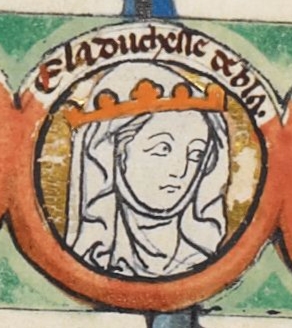
 Yes, March 10th, they were married
Yes, March 10th, they were married 
